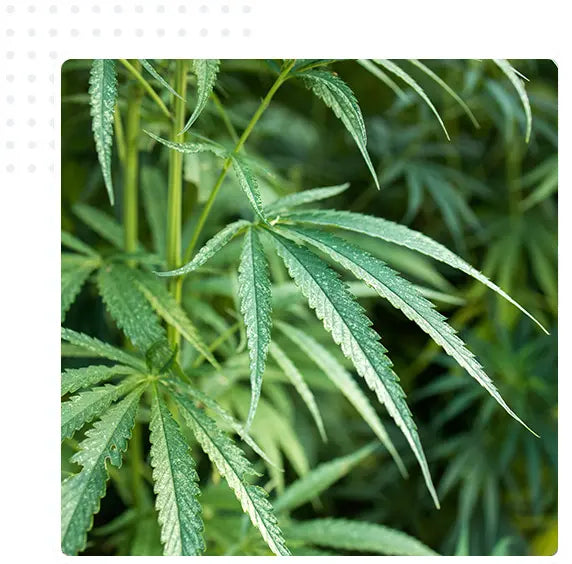Why Hemp?
What is Hemp?
Hemp, more commonly called as marijuana is known to us as a recreational/medicinal drug. It is in fact one of the nature’s best gift to the mankind but has not been explored fully. Industrial hemp and marijuana are different varieties of the same plant. Tetrahydrocannabinol (THC) is the component which causes psychoactive effects.
Marijuana has higher THC and is derived from the Indica family of Hemp plant. Grown from the Sativa plant, industrial hemp is used for a wide variety of cases. Industrial hemp fibre is a type of “bast fibre” like other natural fibres derived from the stalk of plants such as flax and jute. It has been cultivated for thousands of years and on almost every continent. It is also one of nature’s most sustainable fibres and can be used in textile industry.
History of Hemp
The usage of hemp in the day-to-day life of ancient civilizations was substantial. Hemp was used for a wide variety of use cases and even today, hemp’s versatility and durability makes it a fibre which would be an ideal candidate for use in multiple products such as apparel, accessories, footwear, furniture and home furnishings.
Christopher Columbus voyaged to America on a ship rigged with hemp. Hemp was grown as a cash crop in Colonial America by farmers, including the founding fathers George Washington and Thomas Jefferson. Betsy Ross sewed the first American flag from hemp. The first pair of Levis Strauss jeans was fabricated from hemp. The garments that were designed from hemp ranged in quality from homemade peasant clothing to elaborate ceremonial robes for kings and emperors.
Properties Of Hemp Fabric
Hemp is known for its strength and durability. It is also very comfortable. The more you wear a hemp-based garment the softer it will become. Hemp enthusiasts like to say, “Hemp doesn’t wear out, it wears in.”
Due to its inherent chemical structure, hemp is resistant to moths, UV light. It has a super-absorbent nature and as moisture is released into the air, the cloth will remain cool and dry. This quick-drying structure hinders the growth of anaerobic bacteria, giving hemp antimicrobial and hypoallergenic properties. The fibre’s structure allows it to be naturally climate responsive. It keeps the wearer cool in very warm conditions and warm in cooler temperatures. Hemp’s absorbency and its ability to protect against UV rays make a garment that is less prone to fading and offers sun protection.
Hemp truly is one of nature’s finest performance fibres.
Hemp’s Sustainability
Hemp is a more sustainable and regenerative agriculture crop than cotton. Almost everything that is fabricated from cotton can be made from hemp. Unlike cotton, which requires lots of water, chemical fertilizers and pesticides, hemp grows clean, fast and resists pests. Hemp is a densely grown plant that literally chokes out any competitor. Therefore, herbicide usage is generally not necessary. Hemp is a natural pest repellent, so little to no pesticides are required. It is a gentle crop as it returns 60 to 90% of the nutrients that it takes from the soil. It also controls top soil erosion and requires a very relatively small amount of acreage to cultivate. And it can produce double the fibre yield per hectare than the cotton plant. It also requires four times less water to grow than cotton.






